Home>Home Appliances>Laundry Appliances>How To Clean A Front Loading Washing Machine With Vinegar
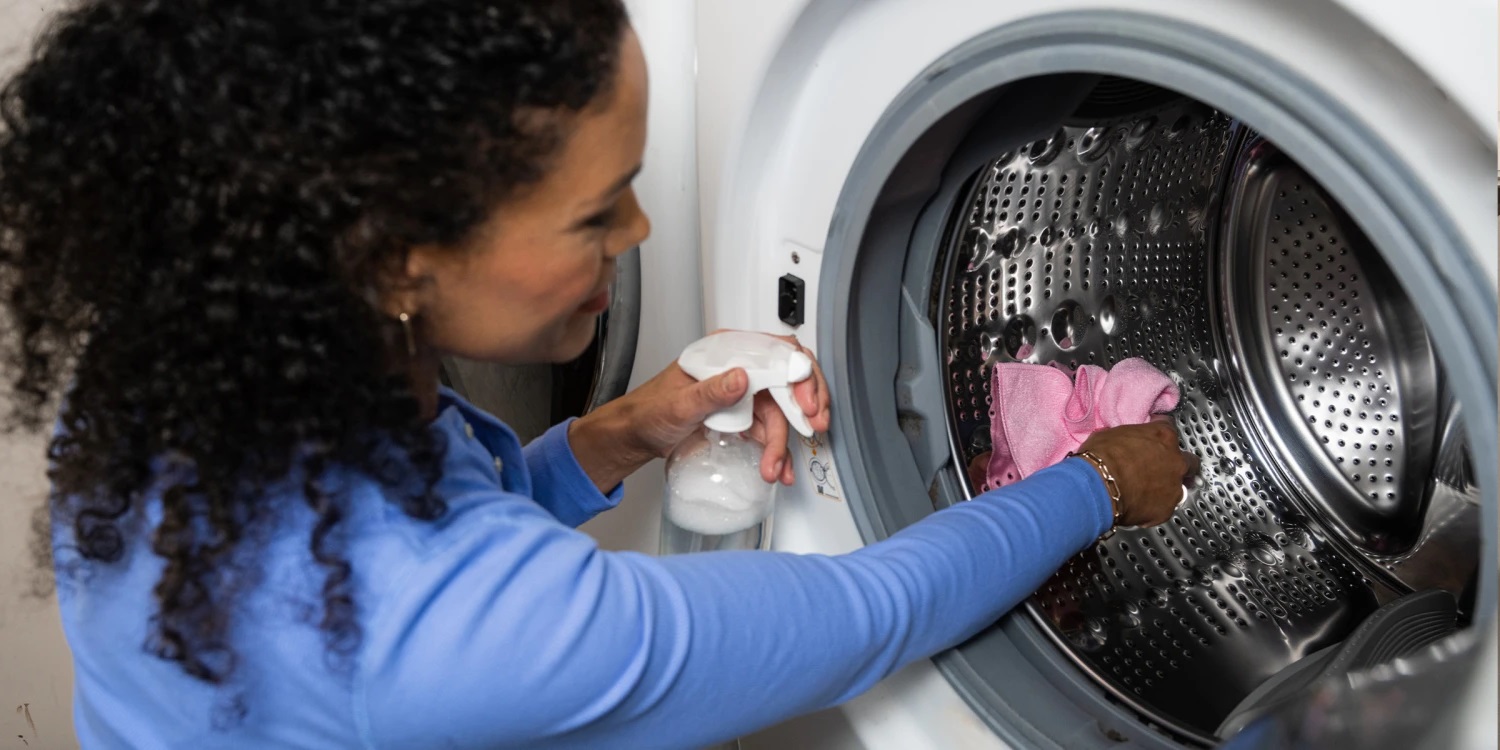

Laundry Appliances
How To Clean A Front Loading Washing Machine With Vinegar
Published: February 23, 2024
Learn how to effectively clean your front loading washing machine with vinegar to keep your laundry appliances in top condition. Follow our simple guide for a sparkling clean machine!
(Many of the links in this article redirect to a specific reviewed product. Your purchase of these products through affiliate links helps to generate commission for Storables.com, at no extra cost. Learn more)
Introduction
Cleaning your front-loading washing machine with vinegar is an essential maintenance task that can help keep your appliance running smoothly and your laundry fresh and clean. Over time, front-loading washers can develop unpleasant odors and mildew due to the accumulation of detergent residue, fabric softener, and moisture in the rubber door seal and other hidden areas. Fortunately, using vinegar as a natural cleaning agent can effectively eliminate these odors and prevent the buildup of mold and mildew.
Regular cleaning of your front-loading washing machine not only ensures a pleasant laundry experience but also extends the lifespan of your appliance. By following a few simple steps and using common household items like vinegar, you can maintain a hygienic and efficient washing machine without the need for harsh chemicals or expensive cleaning products.
In this comprehensive guide, we will walk you through the step-by-step process of cleaning your front-loading washing machine with vinegar. From gathering the necessary materials to performing each cleaning task, you will learn how to effectively remove odors, mold, and residue, leaving your washing machine fresh and ready to tackle your laundry needs. Let's dive into the details and discover how a little vinegar can make a big difference in the cleanliness and performance of your front-loading washing machine.
Key Takeaways:
- Regularly cleaning your front-loading washing machine with vinegar can eliminate odors, mold, and residue, ensuring a hygienic and efficient appliance that delivers fresh and clean laundry.
- By using simple materials like vinegar, water, and a microfiber cloth, you can easily maintain your washing machine without harsh chemicals, extending its lifespan and keeping your laundry experience pleasant.
Read more: How To Use Vinegar In Front Load Washer
Materials Needed
To clean your front-loading washing machine with vinegar, you will need a few simple materials that are likely already in your home. Here's what you'll need:
-
White Vinegar: This versatile household staple is a natural disinfectant and deodorizer. Its acidic properties make it effective in breaking down soap scum, mineral deposits, and mold, leaving your washing machine clean and odor-free.
-
Microfiber Cloth or Sponge: A soft microfiber cloth or sponge is ideal for wiping down the door seal and exterior surfaces of your washing machine. It is gentle enough to avoid scratching the surfaces while effectively removing dirt and grime.
-
Water: You'll need water to dilute the vinegar for cleaning and to run rinse cycles to ensure all traces of vinegar are removed from the machine.
-
Detergent: A small amount of detergent will be used to clean the detergent dispenser and ensure it is free from residue and buildup.
-
Optional: Baking Soda: While not essential, baking soda can be used in combination with vinegar for an extra cleaning boost. Its abrasive nature helps to scrub away stubborn residues and odors.
By gathering these materials, you'll be well-prepared to tackle the task of cleaning your front-loading washing machine with vinegar. With these simple items, you can effectively remove odors, mold, and residue, ensuring that your washing machine operates at its best and keeps your laundry fresh and clean.
Step 1: Wipe Down the Door Seal
The door seal of a front-loading washing machine is a common area where mold, mildew, and residue can accumulate, leading to unpleasant odors and potential hygiene concerns. To begin the cleaning process, it's essential to focus on this often overlooked part of the appliance.
Start by inspecting the rubber door seal for any visible mold or mildew. Using a microfiber cloth or sponge dampened with a mixture of equal parts white vinegar and water, gently wipe down the entire surface of the door seal, paying close attention to the folds and crevices where moisture and residue tend to collect. The acidic nature of the vinegar helps to break down and remove any mold or mildew while also neutralizing odors.
As you wipe, be thorough but gentle to avoid damaging the rubber seal. Ensure that you reach into the folds and crevices to remove any hidden buildup. If you encounter stubborn mold or mildew spots, a paste of baking soda and water can be applied to the affected areas and gently scrubbed with a soft brush or cloth to help lift the residue.
After thoroughly wiping down the door seal with the vinegar solution, use a clean, damp cloth to rinse the seal, removing any remaining vinegar residue. Once the door seal is clean and free from mold, mildew, and residue, leave the washing machine door open for a period of time to allow the seal to air dry completely.
By taking the time to wipe down the door seal with vinegar, you effectively eliminate mold, mildew, and odors, creating a cleaner and more hygienic environment inside your washing machine. This initial step sets the stage for the subsequent cleaning tasks, ensuring that your front-loading washing machine is thoroughly refreshed and ready to deliver clean and fresh-smelling laundry.
Step 2: Run a Cycle with Vinegar
Once the door seal is clean and free from mold and residue, the next step in the process of cleaning your front-loading washing machine with vinegar is to run a cycle with a vinegar solution. This step effectively cleans the interior of the machine, removing buildup, odors, and bacteria that may be lurking inside.
To begin, pour two cups of white vinegar into the detergent dispenser or directly into the drum of the washing machine. The acidic properties of the vinegar work to dissolve mineral deposits, soap scum, and residual detergent that may have accumulated inside the machine. Additionally, vinegar's natural antibacterial properties help to sanitize the interior, eliminating odor-causing bacteria and leaving the washing machine fresh and clean.
Once the vinegar is added, set the washing machine to a hot water cycle. The heat of the water, combined with the cleansing power of the vinegar, helps to thoroughly clean and disinfect the interior of the machine. Allow the cycle to run its full course, ensuring that the vinegar solution has ample time to circulate throughout the drum and other internal components.
As the cycle progresses, the vinegar works to break down and dislodge any buildup or residue, effectively cleaning the interior surfaces of the washing machine. The hot water helps to flush out the loosened debris, leaving the machine refreshed and ready for the next steps in the cleaning process.
After the cycle is complete, open the door of the washing machine and allow the interior to air dry. This step is essential for ensuring that any remaining moisture, along with the lingering vinegar scent, is evaporated. Proper ventilation helps to prevent the development of mold and mildew inside the machine, maintaining a clean and hygienic environment for your laundry.
Running a cycle with vinegar is a crucial step in the cleaning process, as it effectively removes buildup, odors, and bacteria from the interior of your front-loading washing machine. By harnessing the natural cleaning and sanitizing properties of vinegar, you can ensure that your appliance operates at its best, delivering fresh and clean laundry with every wash.
Run a hot water cycle with 2 cups of white vinegar to clean and deodorize the machine. Wipe down the door seal and detergent dispenser with a vinegar-soaked cloth.
Step 3: Clean the Detergent Dispenser
The detergent dispenser of a front-loading washing machine is a crucial component that requires regular cleaning to ensure optimal performance and hygiene. Over time, residual detergent, fabric softener, and moisture can accumulate in the dispenser, leading to clogs, odors, and potential bacterial growth. By addressing this often overlooked area, you can maintain a clean and efficient washing machine.
To begin cleaning the detergent dispenser, start by removing the dispenser drawer from the washing machine. Most front-loading washers have a removable drawer that houses compartments for detergent, fabric softener, and bleach. Once removed, inspect the dispenser drawer for any visible residue or buildup. If necessary, rinse the drawer with warm water to remove any loose debris.
Next, prepare a solution of warm water and a small amount of mild detergent. Using a soft brush or sponge, gently scrub the compartments of the dispenser drawer, ensuring that all traces of residue and buildup are removed. Pay close attention to any narrow channels or openings where detergent and fabric softener may have accumulated. Thoroughly cleaning the dispenser drawer helps to prevent clogs and ensures that your laundry products dispense properly during each wash cycle.
After cleaning the dispenser drawer with the detergent solution, rinse it thoroughly with clean water to remove any remaining soap and residue. Once the drawer is clean and free from buildup, allow it to air dry completely before reinserting it into the washing machine.
In addition to cleaning the dispenser drawer, it's essential to address the dispenser housing inside the washing machine. Using a damp cloth or sponge, wipe down the interior of the dispenser housing, removing any residual detergent or fabric softener that may have accumulated. Pay attention to any hard-to-reach areas and ensure that the entire dispenser housing is clean and free from buildup.
For an extra cleaning boost, consider using a solution of equal parts white vinegar and water to wipe down the dispenser housing. The acidic properties of vinegar help to dissolve mineral deposits and residual detergent, leaving the dispenser clean and odor-free.
By taking the time to clean the detergent dispenser and its housing, you can prevent clogs, eliminate odors, and maintain a hygienic washing machine. This step ensures that your laundry products dispense effectively, contributing to clean and fresh-smelling laundry with every wash cycle.
Read more: How To Clean Washer With Vinegar
Step 4: Wipe Down the Exterior
After addressing the interior components of your front-loading washing machine, it's essential to focus on cleaning the exterior surfaces to ensure a thorough and comprehensive cleaning process. The exterior of the washing machine is exposed to dust, dirt, and potential splashes of detergent or fabric softener, making regular cleaning necessary to maintain its appearance and hygiene.
To begin, prepare a cleaning solution using equal parts white vinegar and water. This natural and effective cleaning solution is gentle on the surfaces of the washing machine while being powerful enough to remove dirt, grime, and residue. Pour the vinegar and water solution into a spray bottle for convenient application.
Using a soft microfiber cloth or sponge, lightly dampen the cloth with the vinegar and water solution and begin wiping down the exterior surfaces of the washing machine. Pay close attention to areas that may accumulate dust or splashes, such as the control panel, door, and top of the machine. The vinegar solution effectively breaks down and lifts dirt and residue, leaving the exterior surfaces clean and refreshed.
For stubborn spots or dried-on residue, consider applying the vinegar solution directly to the affected areas and allowing it to sit for a few minutes. The acidic properties of vinegar help to loosen and dissolve stubborn grime, making it easier to wipe away with a cloth or sponge.
In addition to the vinegar solution, a mild detergent can be used to tackle any visible stains or spills on the exterior of the washing machine. Simply dilute a small amount of detergent in water and use a cloth to gently scrub the stained areas. Rinse the cloth and wipe away the detergent residue to reveal clean and spotless surfaces.
As you wipe down the exterior of the washing machine, take the opportunity to inspect for any hidden areas where dirt or residue may accumulate, such as the crevices around the control panel and door hinges. Thoroughly clean these areas to ensure that the entire exterior of the washing machine is free from dirt and grime.
Once the exterior surfaces are clean and free from residue, use a dry microfiber cloth to buff and polish the surfaces, leaving them with a sparkling finish. Properly drying the exterior surfaces helps to prevent water spots and ensures that the washing machine looks its best.
By taking the time to wipe down the exterior of your front-loading washing machine with a vinegar solution, you can maintain its cleanliness and appearance, contributing to a hygienic and well-maintained appliance. This step completes the comprehensive cleaning process, leaving your washing machine fresh, clean, and ready to tackle your laundry needs.
Step 5: Run a Rinse Cycle
After completing the previous cleaning steps, it's essential to run a rinse cycle to ensure that any remaining traces of vinegar or cleaning solution are thoroughly removed from the washing machine. This final step not only helps to eliminate any lingering odors but also prevents the transfer of cleaning agents onto your laundry during future wash cycles.
To initiate the rinse cycle, set the washing machine to a plain water cycle using cold or cool water. Avoid using hot water for this rinse cycle, as it may cause any remaining vinegar or cleaning solution to evaporate too quickly, potentially leaving behind residue or odors.
Allow the rinse cycle to run its full course, ensuring that the washing machine thoroughly flushes out any remaining traces of vinegar or cleaning solution from the interior components. The cold or cool water helps to effectively rinse away the cleaning agents while minimizing the potential for lingering odors.
As the rinse cycle progresses, take a moment to inspect the interior of the washing machine for any signs of residual vinegar or cleaning solution. If necessary, use a clean, damp cloth to wipe down the interior surfaces, ensuring that all traces of cleaning agents are removed.
Once the rinse cycle is complete, open the door of the washing machine and allow the interior to air dry. Proper ventilation is essential for ensuring that any remaining moisture evaporates, leaving the washing machine clean, fresh, and ready for your next laundry load.
By running a rinse cycle after cleaning your front-loading washing machine with vinegar, you effectively remove any remaining traces of cleaning agents, ensuring that your appliance is free from odors and residue. This final step completes the cleaning process, leaving your washing machine in optimal condition to deliver clean and fresh-smelling laundry with every wash.
Conclusion
Cleaning your front-loading washing machine with vinegar is a simple yet effective way to maintain a hygienic and efficient appliance. By following the step-by-step process outlined in this guide, you can effectively eliminate odors, mold, and residue, ensuring that your washing machine operates at its best and delivers fresh and clean laundry with every wash.
The comprehensive cleaning process begins with wiping down the door seal, addressing a common area where mold, mildew, and residue tend to accumulate. By using a vinegar solution, you can effectively remove these unwanted elements, creating a cleaner and more hygienic environment inside the washing machine.
Running a cycle with vinegar further enhances the cleaning process, effectively removing buildup, odors, and bacteria from the interior of the machine. The combination of vinegar and hot water works to dissolve and dislodge any residual detergent or mineral deposits, leaving the washing machine refreshed and ready for use.
Cleaning the detergent dispenser and its housing is a crucial step in maintaining optimal performance and hygiene. By thoroughly cleaning these components, you can prevent clogs, eliminate odors, and ensure that your laundry products dispense effectively during each wash cycle.
Wiping down the exterior surfaces of the washing machine with a vinegar solution not only removes dirt and grime but also contributes to the overall cleanliness and appearance of the appliance. This step ensures that the entire washing machine, inside and out, is free from residue and buildup.
Finally, running a rinse cycle effectively removes any remaining traces of vinegar or cleaning solution, leaving the washing machine free from odors and residue. This final step completes the cleaning process, ensuring that your appliance is ready to deliver clean and fresh-smelling laundry.
By incorporating the natural cleaning and deodorizing properties of vinegar into your washing machine maintenance routine, you can extend the lifespan of your appliance and enjoy a consistently pleasant laundry experience. Regular cleaning with vinegar not only eliminates odors and residue but also contributes to a more hygienic and efficient washing machine, ultimately benefiting both your appliance and your laundry.
Incorporating these cleaning steps into your regular maintenance routine can help you maintain a clean and efficient front-loading washing machine, ensuring that it continues to deliver fresh and clean laundry for years to come.
Frequently Asked Questions about How To Clean A Front Loading Washing Machine With Vinegar
Was this page helpful?
At Storables.com, we guarantee accurate and reliable information. Our content, validated by Expert Board Contributors, is crafted following stringent Editorial Policies. We're committed to providing you with well-researched, expert-backed insights for all your informational needs.
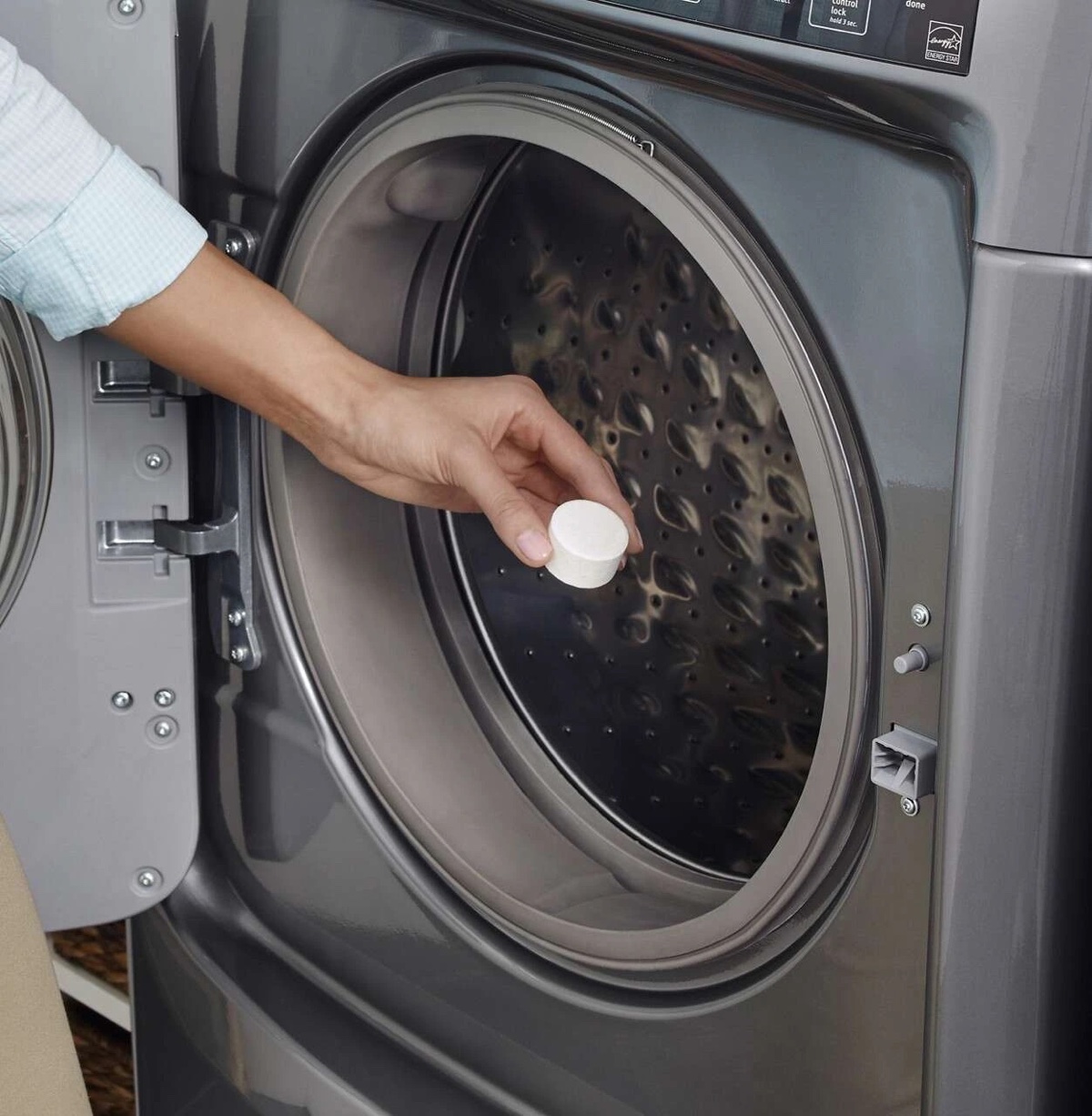
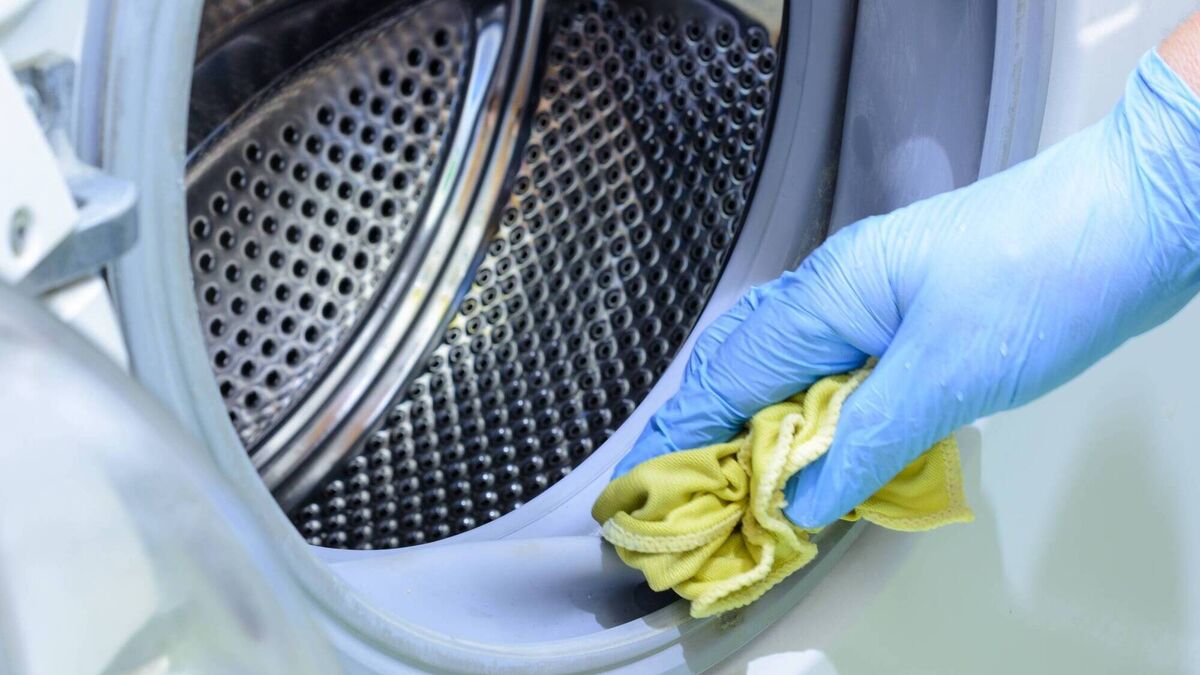
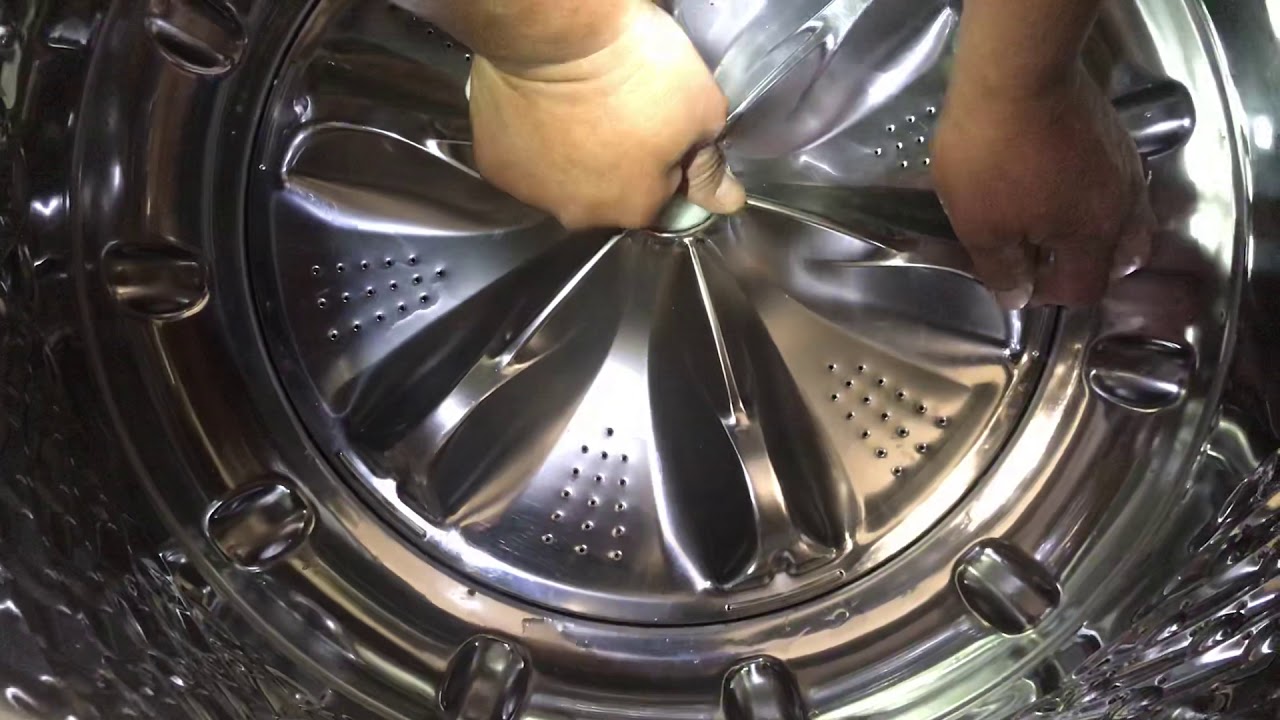
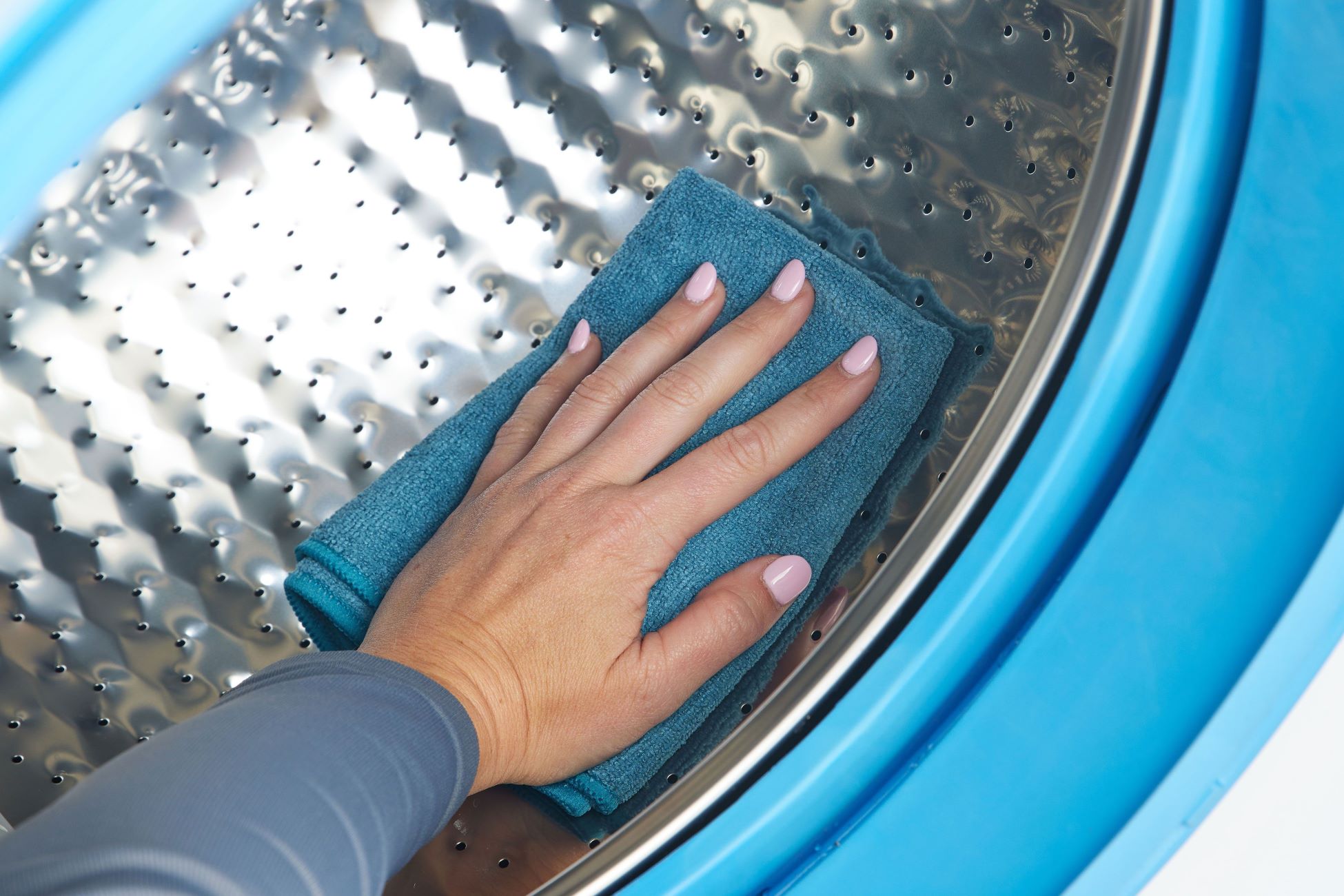
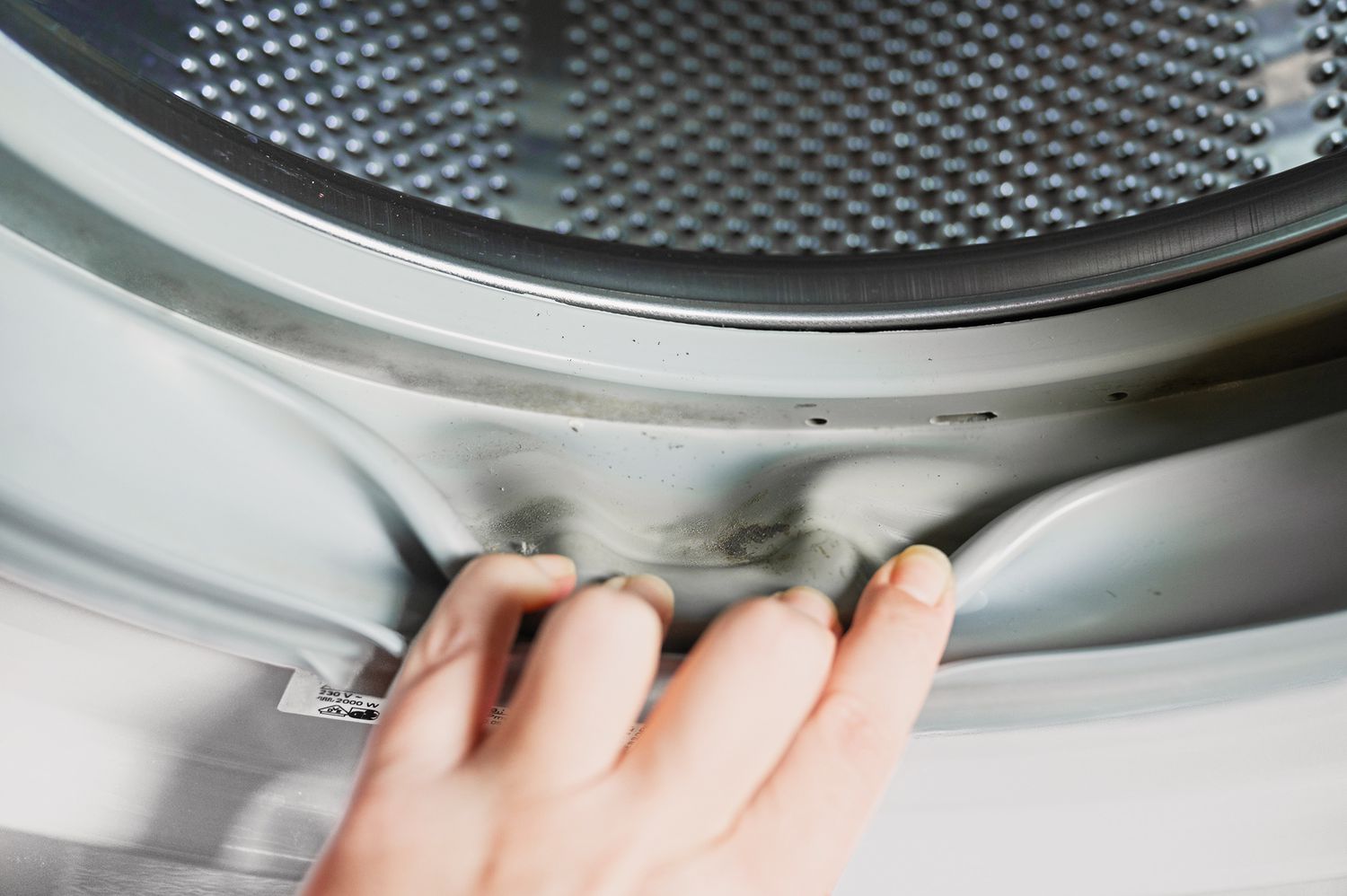
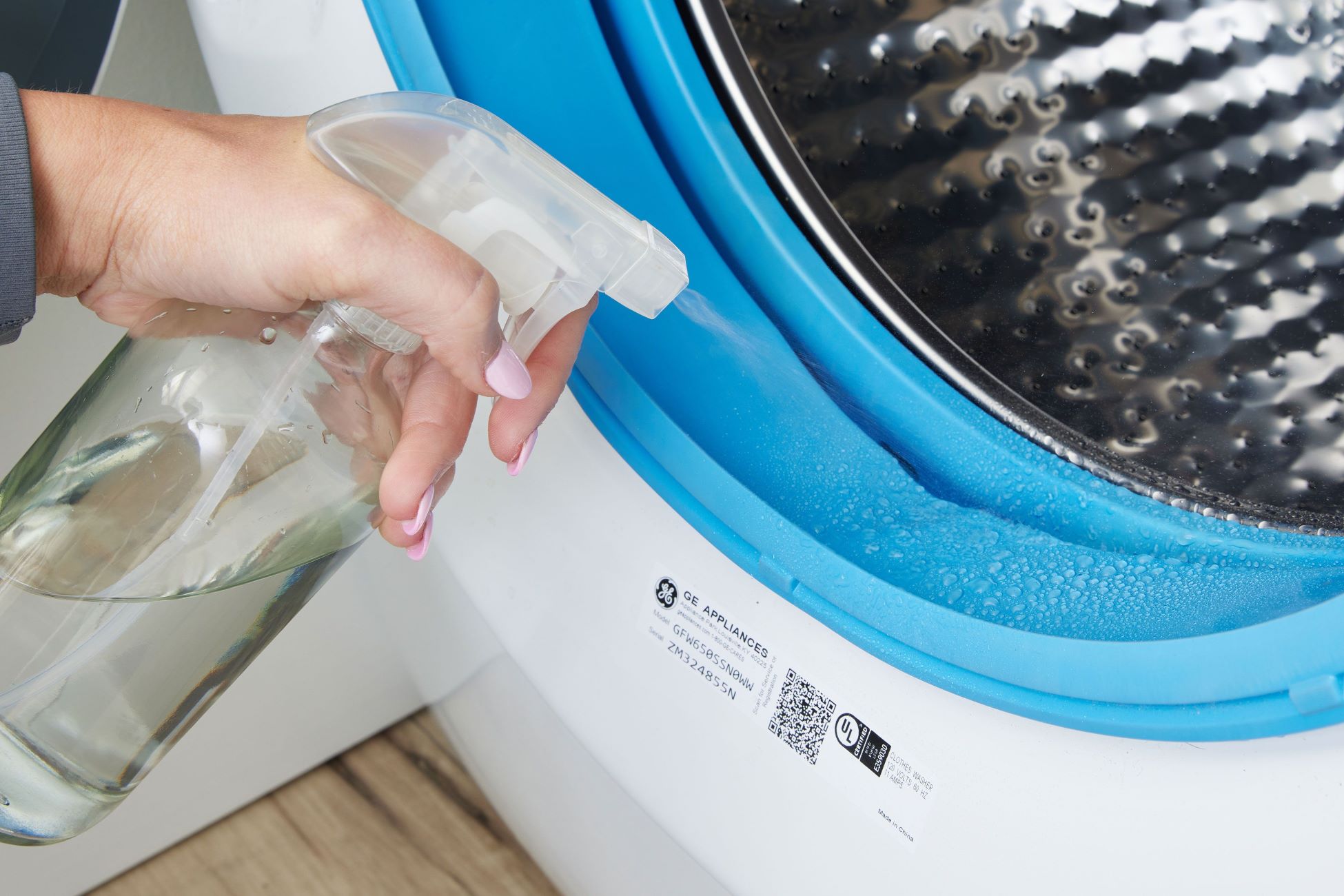
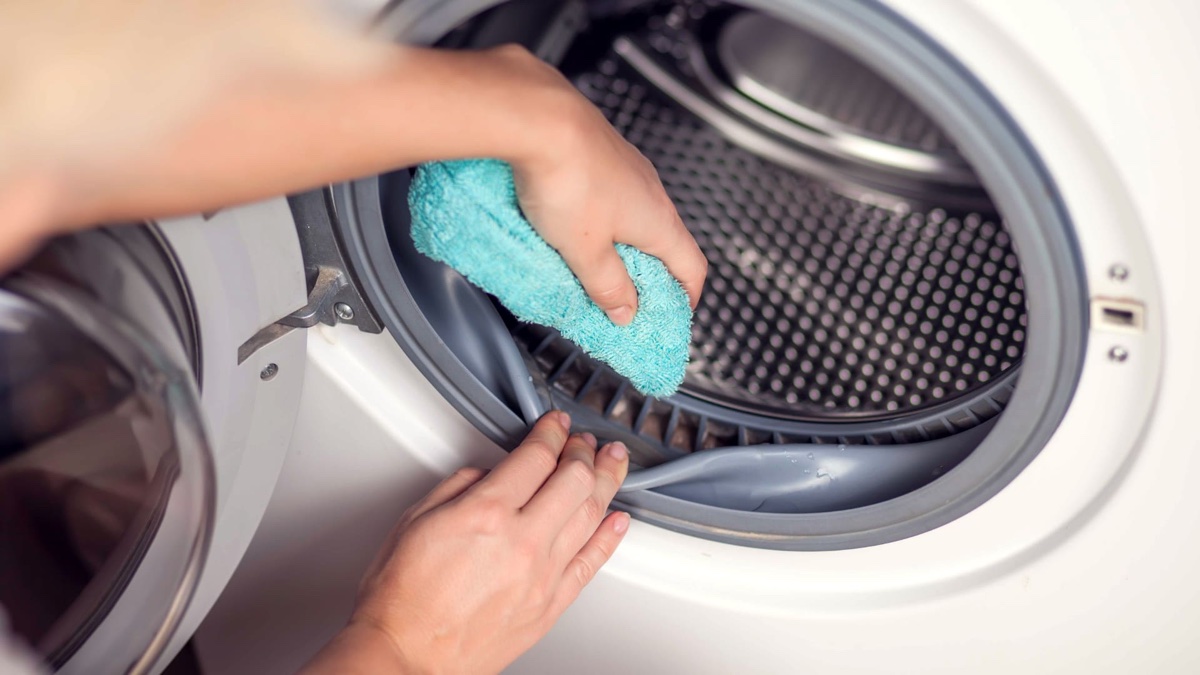
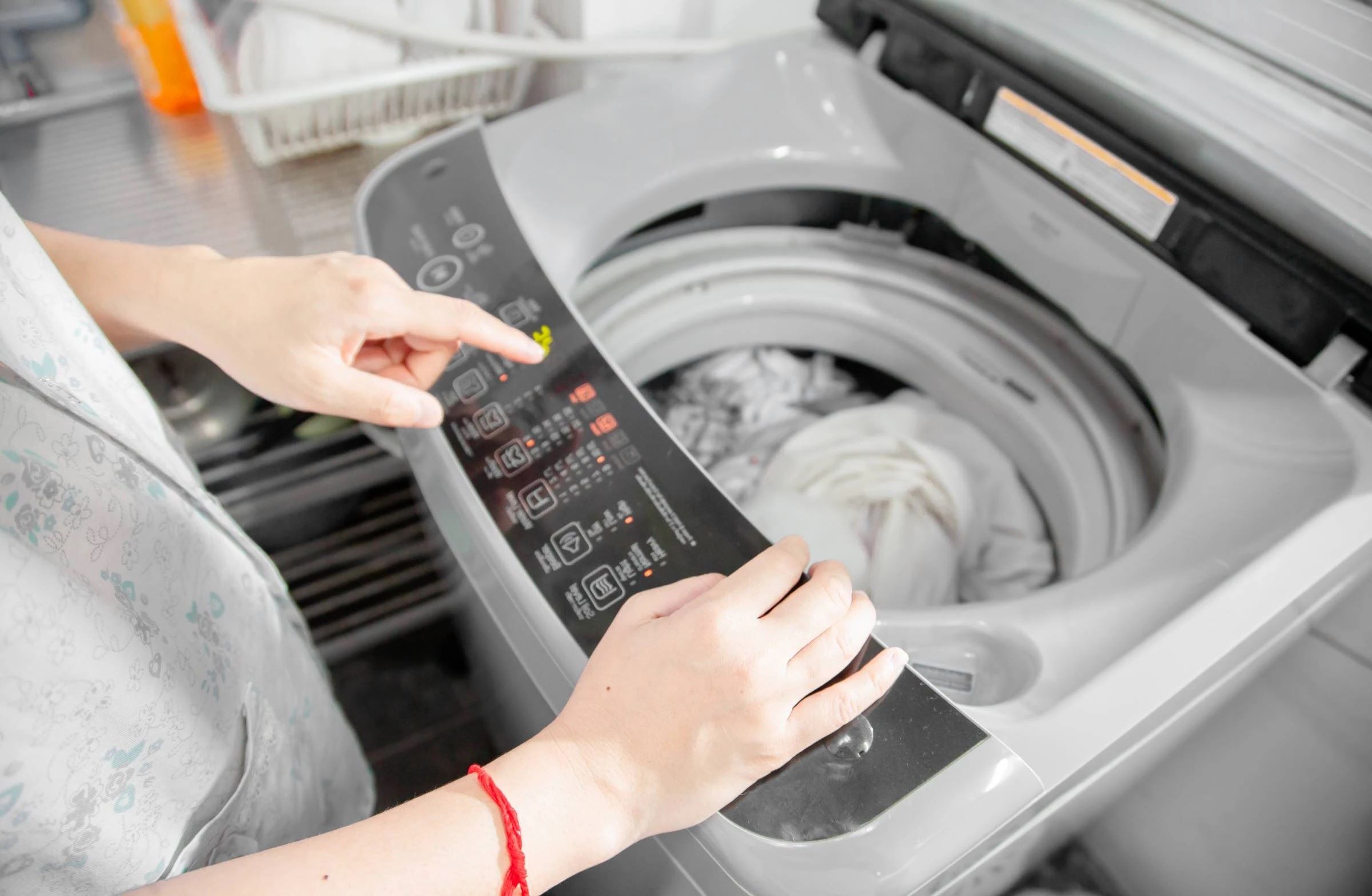
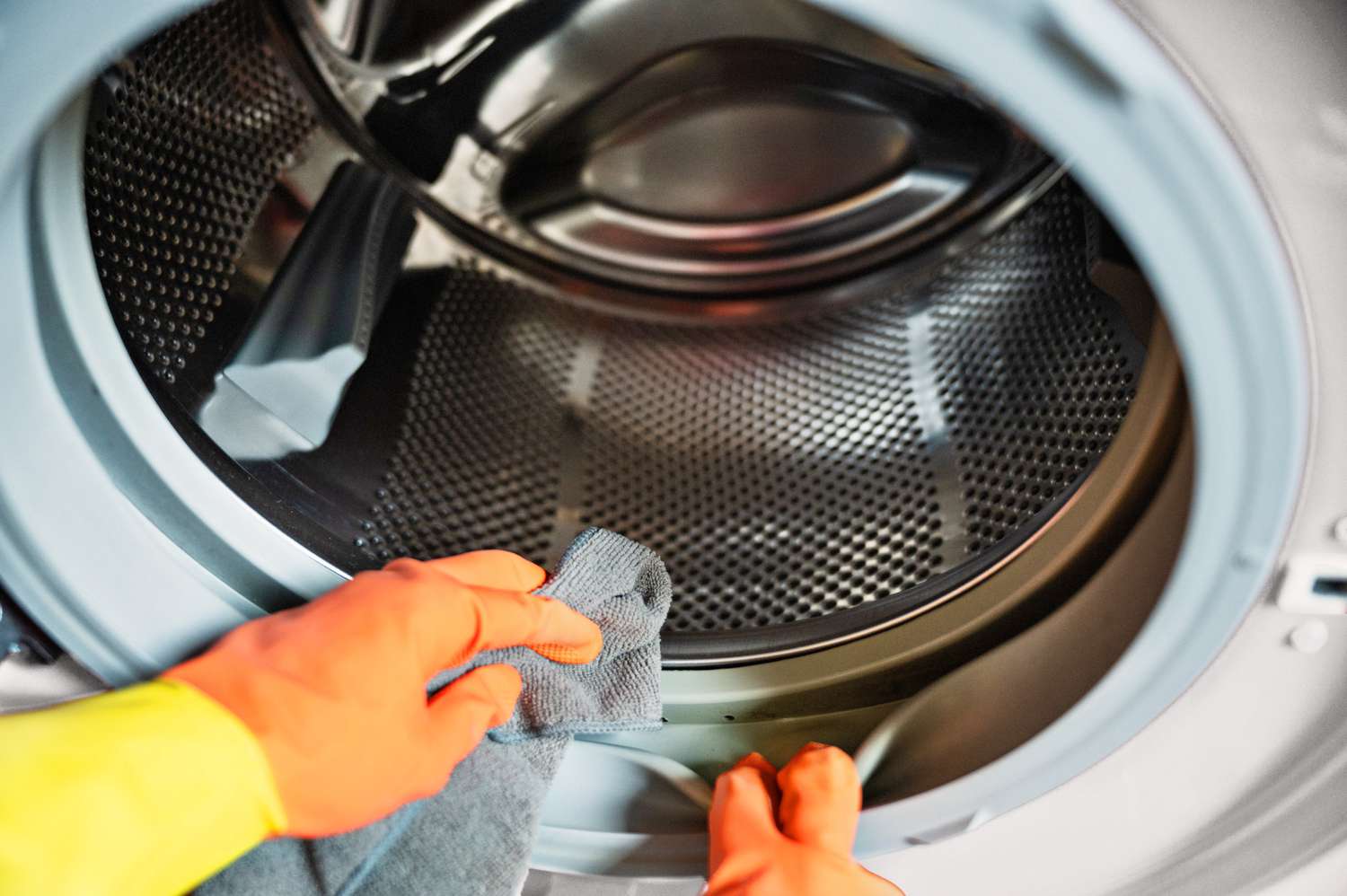
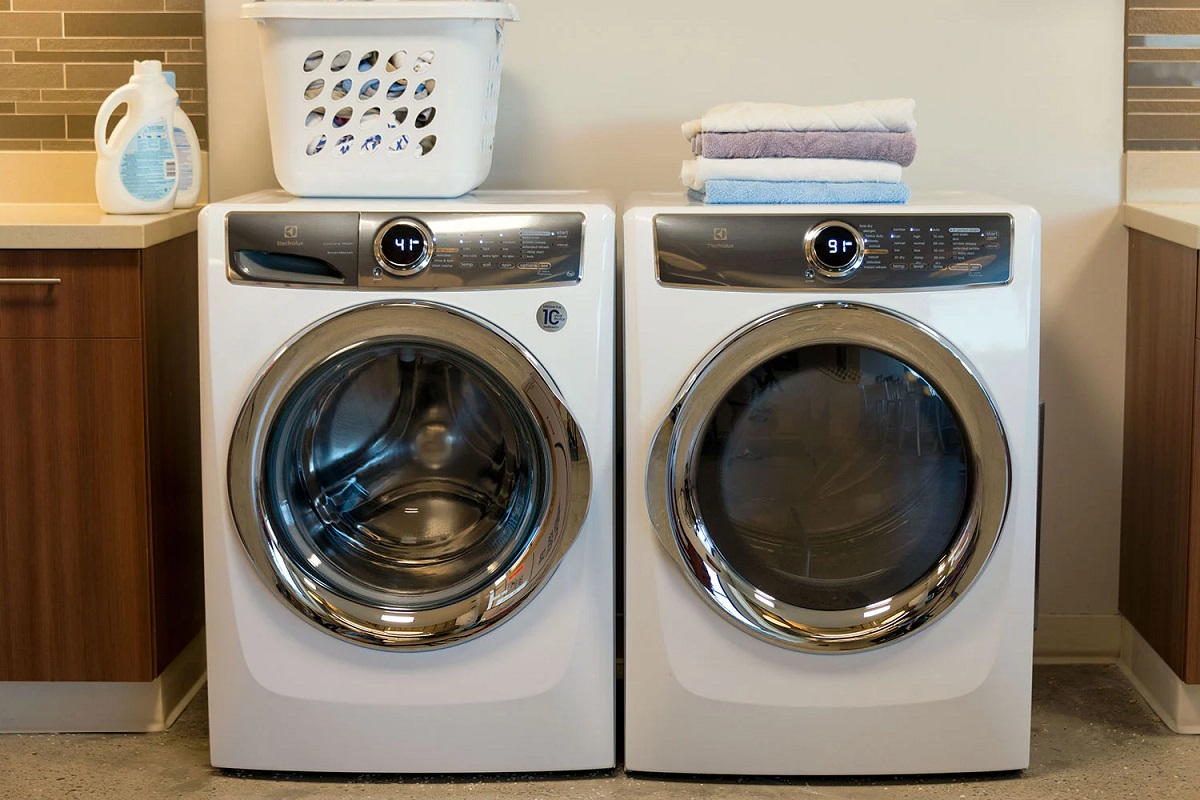
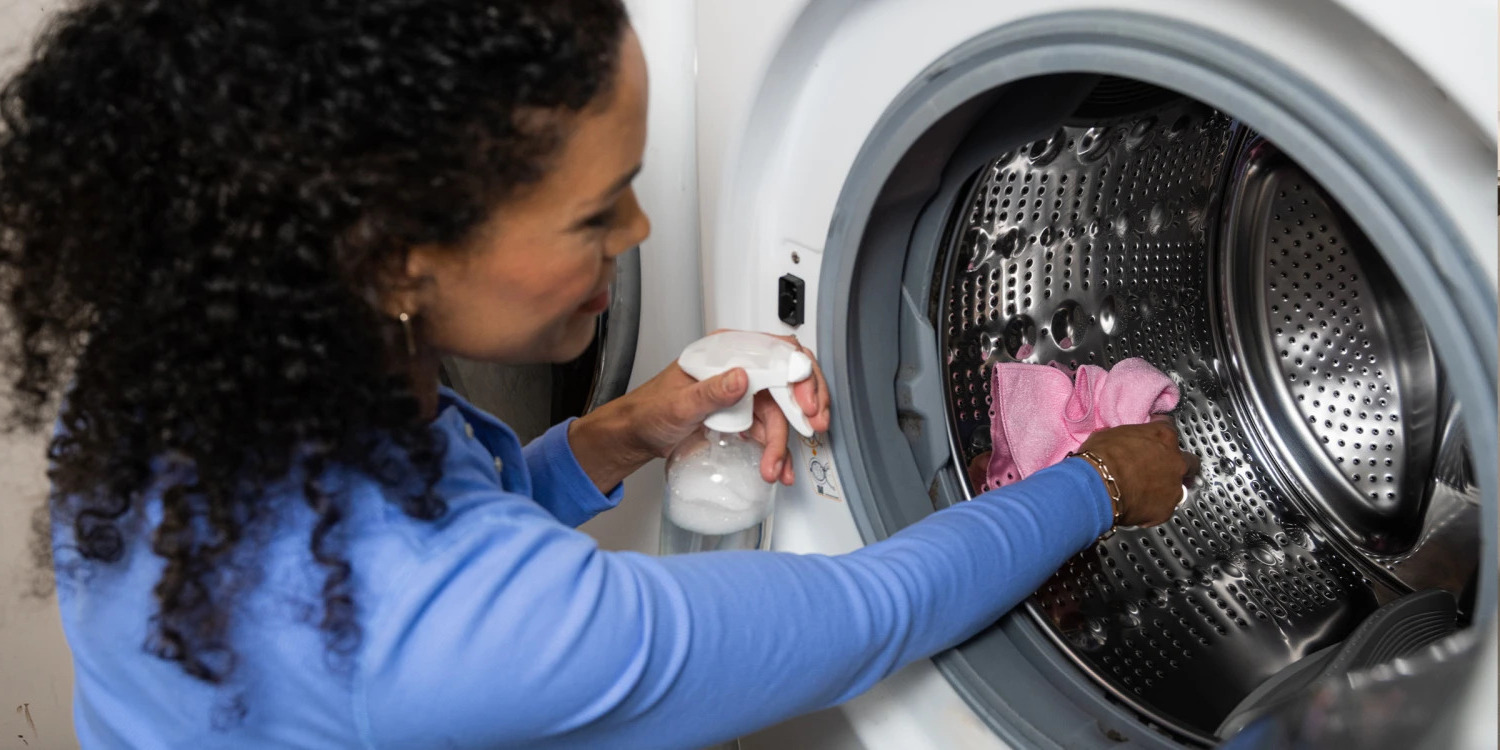
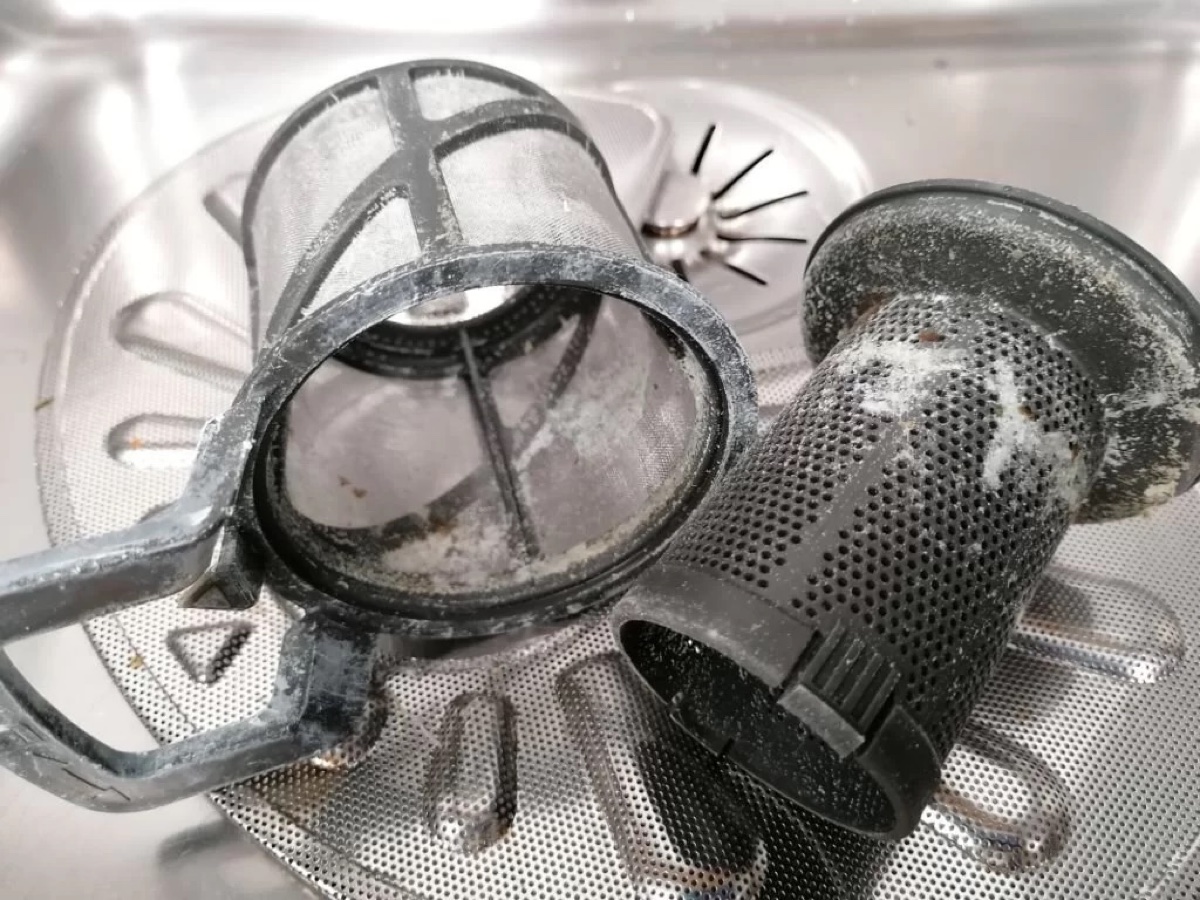
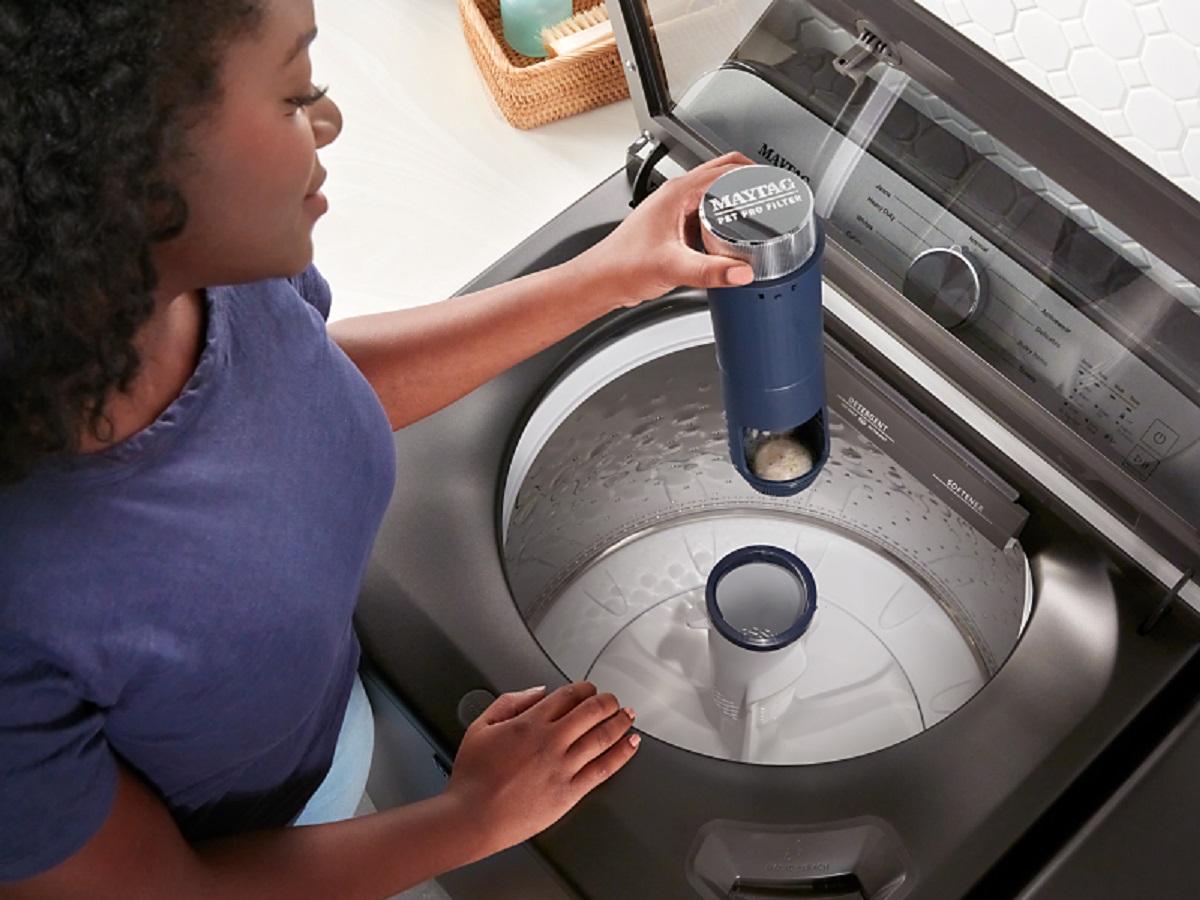
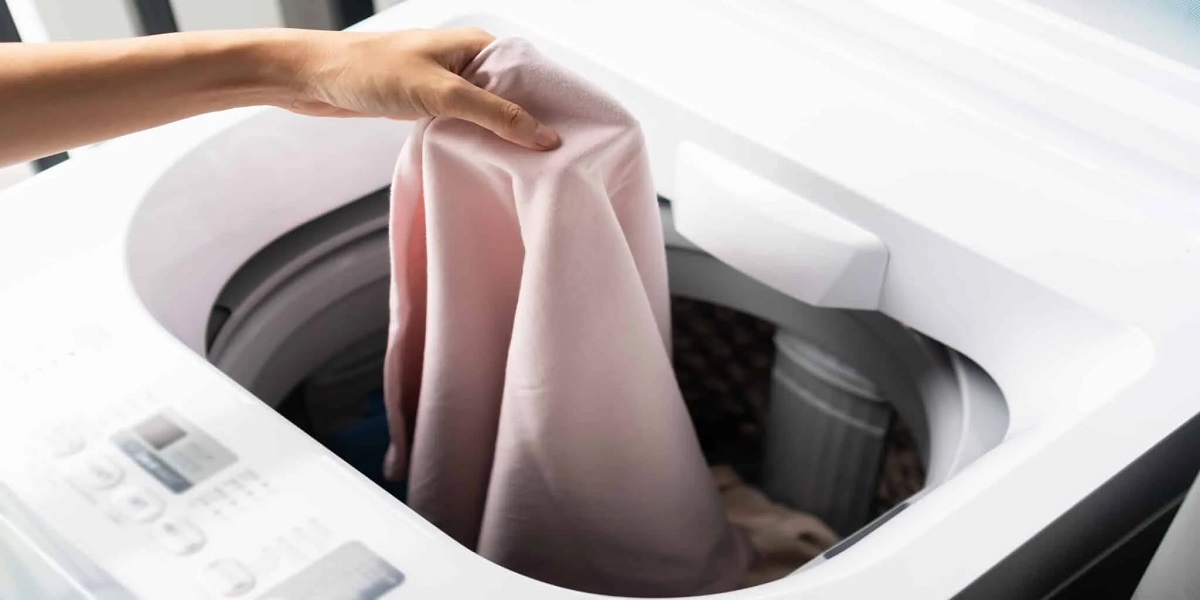

0 thoughts on “How To Clean A Front Loading Washing Machine With Vinegar”